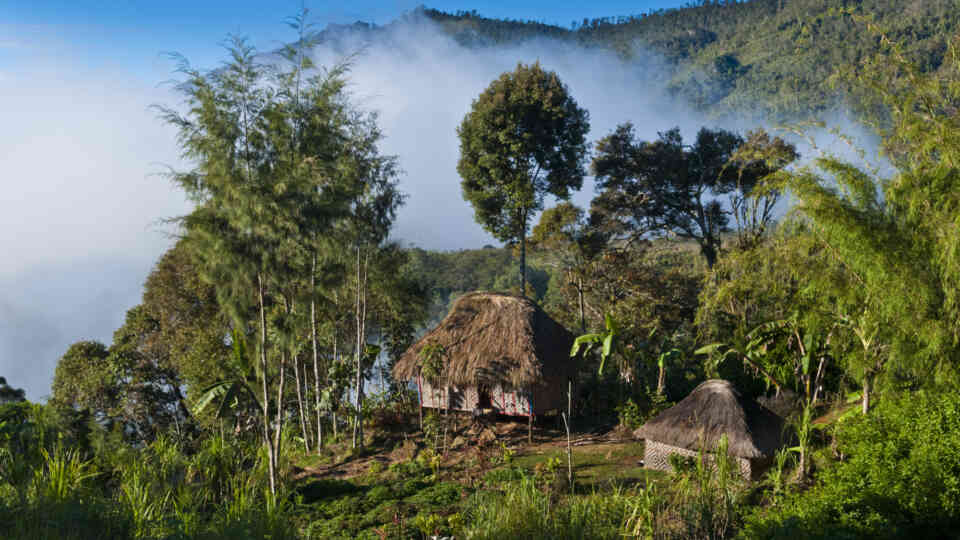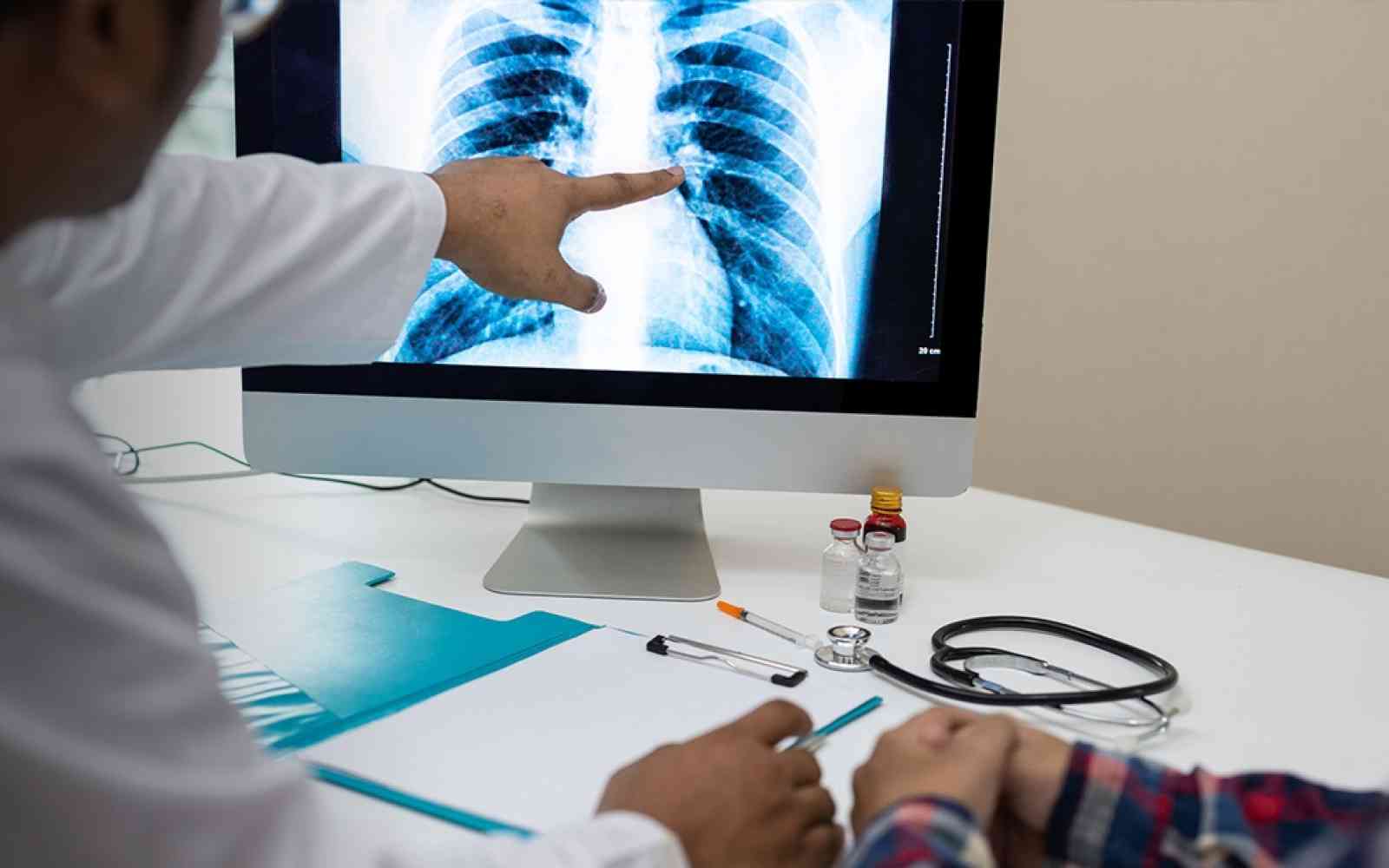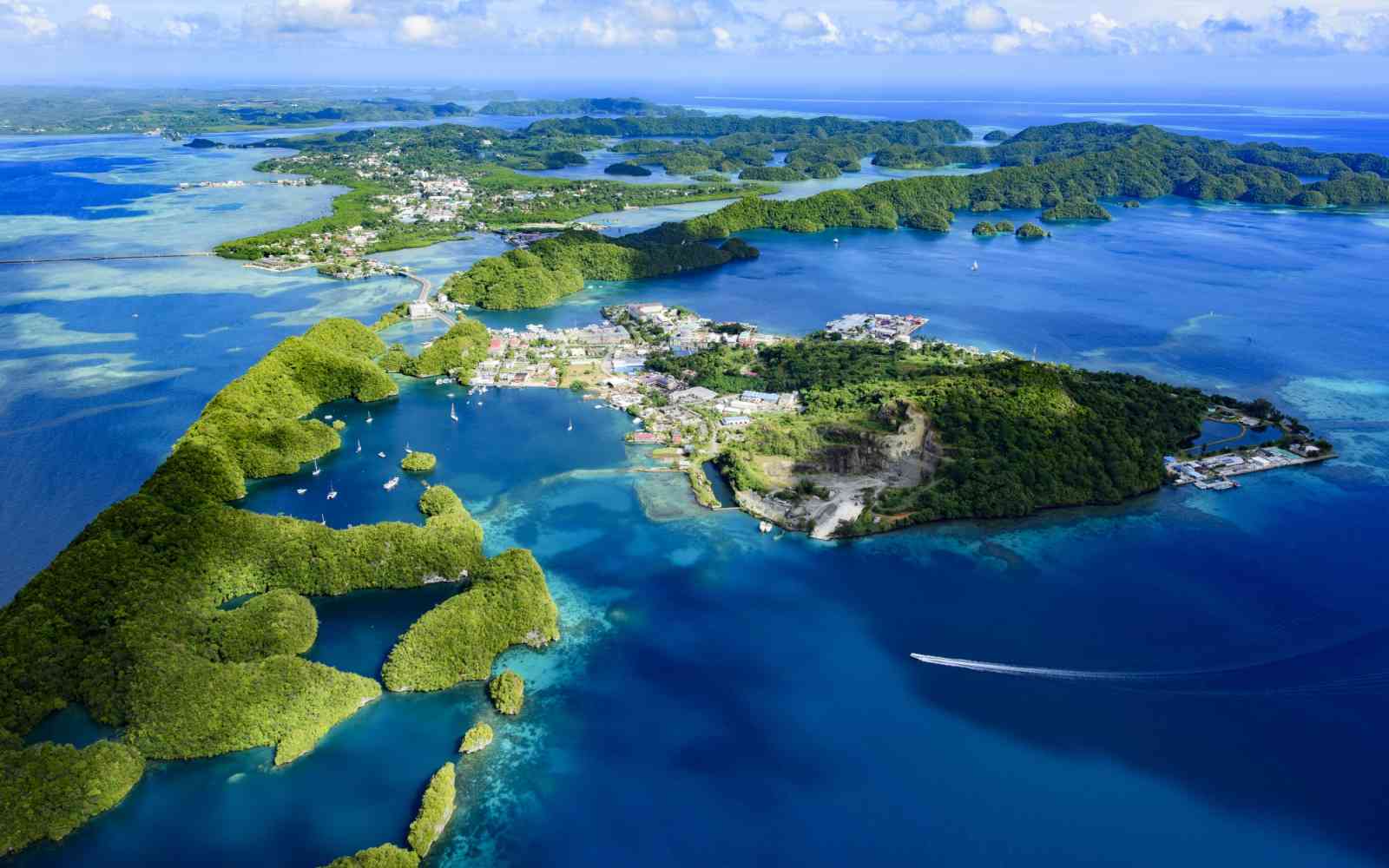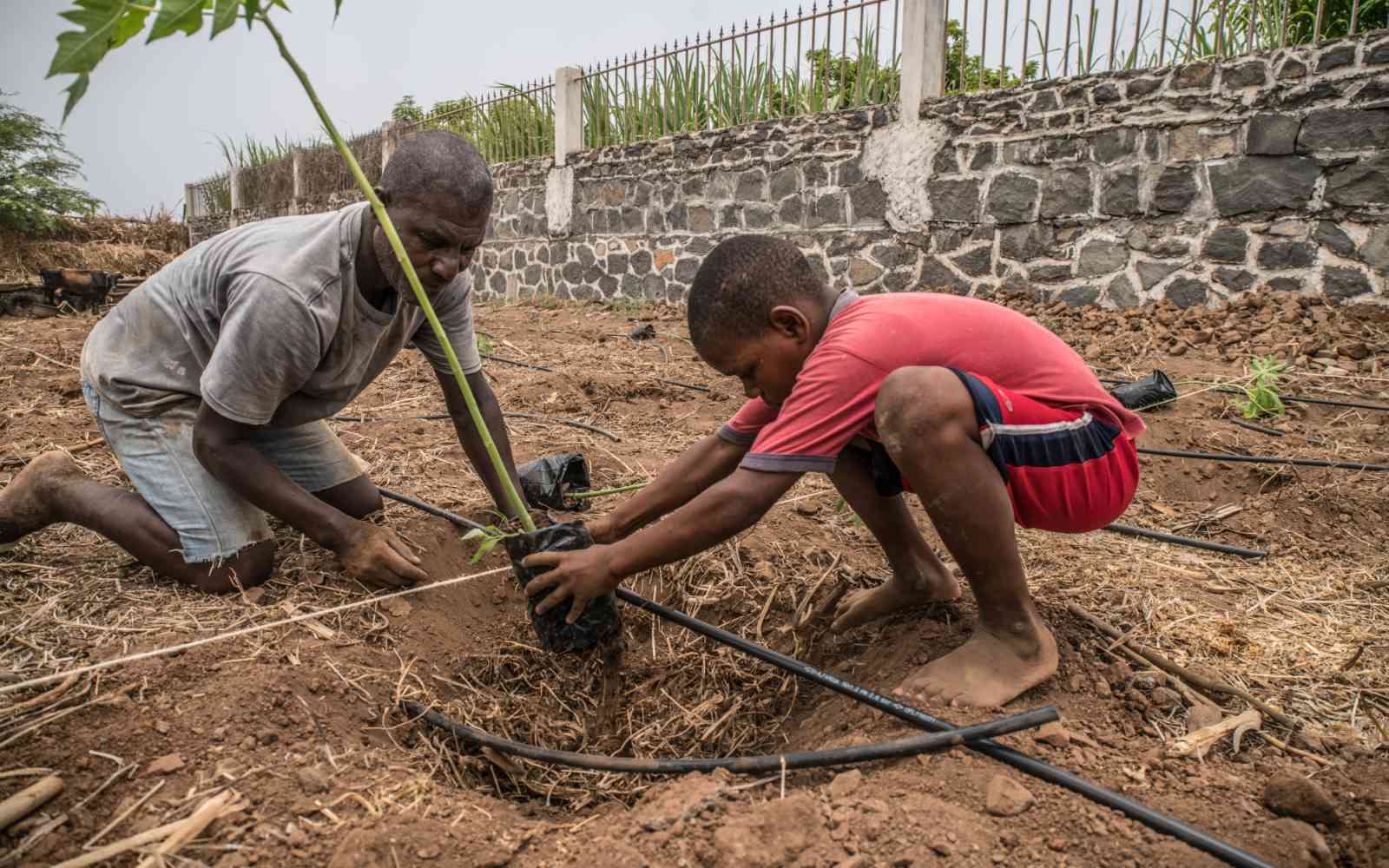The United Nations Office for Project Services (UNOPS)

 Papua New Guinea
Papua New Guinea
Australian Government
European Union
Government of Papua New Guinea
New Zealand Ministry of Foreign Affairs and Trade
World Bank
From Port Moresby, UNOPS actively supports the government to strengthen health, WASH and energy infrastructure, providing procurement and project management services. UNOPS also supports the implementation of the government’s policies against violence against women. The organization works closely with partners to support communities to become climate-resilient and sustainable. Joint efforts also aim to improve access to quality healthcare services throughout the provinces of Papua New Guinea. |













